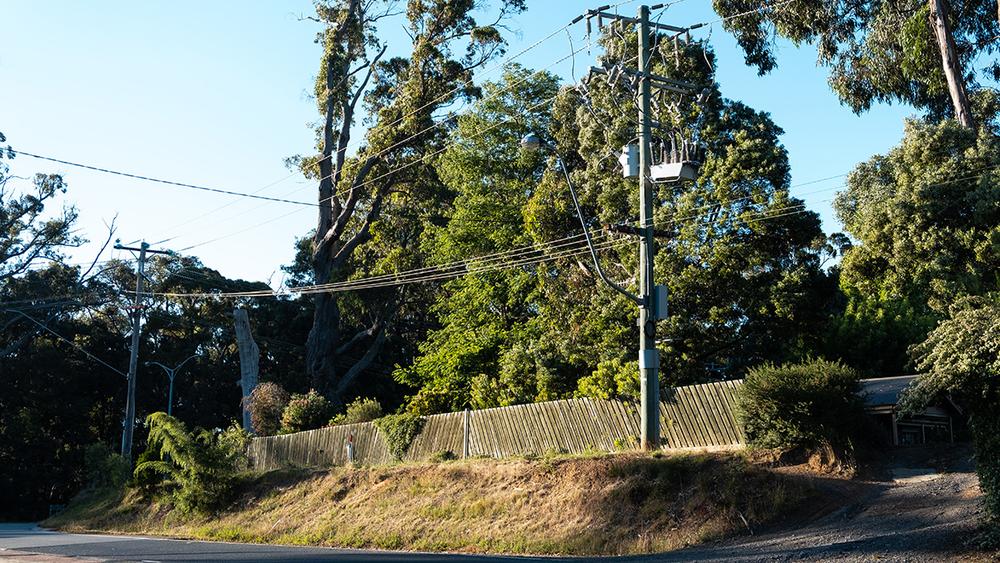Artigos técnico
Publicado 04/2024
How to Improve Operator Safety During Live Line Work with Autoreclosing Circuit Breakers

Live Line Work, the act of conducting maintenance or network improvements without a power outage, is a common electrical industry practice.
As the utility business primary directive is to maintain power reliability and uptime for customers, engineers have devised many risk mitigation techniques to make the Live Line Work practice an acceptable risk of network operation.
Risk mitigations such as physical barriers and fast protection curves help to bring operator risk within the appetite statements of electricity distribution businesses.
NOJA Power OSM Reclosers are often used as an upstream protective device for Live Line Work. Therefore, they are the “first responder” to a fault scenario, where the OSM Recloser protection configuration is expected to shut off the power first if any fault is detected.
In this article, we explain some key features of the NOJA Power OSM Recloser which are commonly used in Live Line operations. These features are:
- Live Line Protection
- Hot Line Tag
- Link Live Line to Hot Line Tag
- Single Shot Trip
- Autoreclose Disable

Live Line Protection
Aptly named for its most common application, the NOJA Power OSM Recloser with RC Series Control has a “Live Line” function.
When engaged, this function overrides all current-based protection and reclosing settings, replacing them with non-directional elements with a single operation to lockout.
Within the Live Line settings configuration, there are Overcurrent, Earth Fault, Sensitive Earth Fault and Negative Phase Sequence protection elements.
Utility engineers can program faster response times than standard Recloser network configurations, reducing the amount of energy delivered to a fault site.
Operationally, if a network distribution business has elected to use Live Line protection within standard procedure, a Live Line team would engage this protection at the upstream recloser. The pre-configured Live Line protection settings would then apply.
Hot Line Tag
Hot Line Tag is a North American distribution network terminology for a device state when used for live line work.
Specifically, when Hot Line Tag is engaged, the Recloser is blocked from closing from any source. This effectively blocks auto-reclosing too, as self-initiated closes are blocked.
This philosophy arose from earlier Recloser installations, where additional faster protection settings weren’t added, but the device was “tagged” to prevent reclosing while lines teams were working on the “Hot Line”.
Hot Line Tag is effectively a “Block Close” feature, which earned its name from the application.
Hot Line Tag can only be disabled from the source that enabled it. For example, if initiated from the local control panel, it can only be disabled from the same panel.
Link Live Line to Hot Line Tag
NOJA Power RC Series controls can logically interlock “Live Line” and “Hot Line Tag”.
This additional setting allows engineers to enable both modes simultaneously, where Live Line contributes the non-directional protection curves, and the Hot Line Tag feature prevents closes from all sources.
Disabling Auto-Reclose
Some networks elect to use Auto-Reclose disable as their standard method for live line operation. While this does prevent automatic reclosing, it does not prevent closing from other sources, nor provide the ability for faster reclosing.
This is an uncommon practice, as most engineers use a dedicated Live Line or Hot Line Tag function for this application.
Single Shot Trip
Single Shot Trip mode is commonly mistaken as a Live Line feature, but it does not form part of the Live Line protection feature set.
Single Shot Trip mode is the temporary condition of an Autorecloser after a non-automatic close.
During this time, the device counts down the Autoreclose Reset counter. If no fault occurs during this time, the device arms the Autoreclose function and is ready to perform the full sequence.
However, if a fault occurs before this reset, the device will execute a Single Shot trip to lockout.
This reclosing philosophy considers that a fault occurring shortly after line energisation is less likely to be transient. Therefore, a line inspection and fault finding action is generally applied if a fault occurs shortly after re-energisation.
Conclusion
NOJA Power OSM Reclosers with RC Series controls provide many features for the prudent risk management of live line network operation. While works practices vary between electricity distribution businesses, the OSM Recloser with RC Series control has considerable flexibility in dealing with standard works practices.
“Our industry is full of acronyms and special terminology and quite often understanding the acronyms and special terminology makes configuring and using the product so much easier,” says NOJA Power Group Managing Director Neil O'Sullivan.
“I always encourage all new staff as well as customers to read our user manual cover to cover and that is also my recommendation to you if you are a user of our product.”
Safety remains at the forefront of NOJA Power switchgear design. With a thorough understanding of the live line protection features within OSM Reclosers, utility engineers can achieve their goals of safe reliable power distribution. For more information, visit www.nojapower.com.
Quer manter-se atualizado sobre a Tecnologia de Distribuição Energia?
Inscreva-se na nossa lista para um boletim técnico semanal gratuito, pois compartilhamos nossa experiência em Engenharia Elétrica Global diretamente em sua caixa de entrada
Inscreva-se →